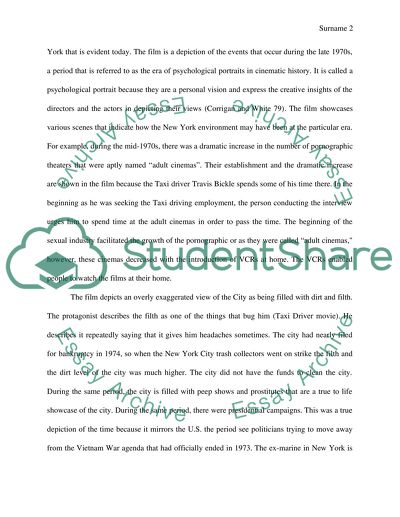Cite this document
(“Taxi driver(1976) Essay Example | Topics and Well Written Essays - 1750 words”, n.d.)
Retrieved from https://studentshare.org/visual-arts-film-studies/1692631-taxi-driver1976
Retrieved from https://studentshare.org/visual-arts-film-studies/1692631-taxi-driver1976
(Taxi driver(1976) Essay Example | Topics and Well Written Essays - 1750 Words)
https://studentshare.org/visual-arts-film-studies/1692631-taxi-driver1976.
https://studentshare.org/visual-arts-film-studies/1692631-taxi-driver1976.
“Taxi driver(1976) Essay Example | Topics and Well Written Essays - 1750 Words”, n.d. https://studentshare.org/visual-arts-film-studies/1692631-taxi-driver1976.


